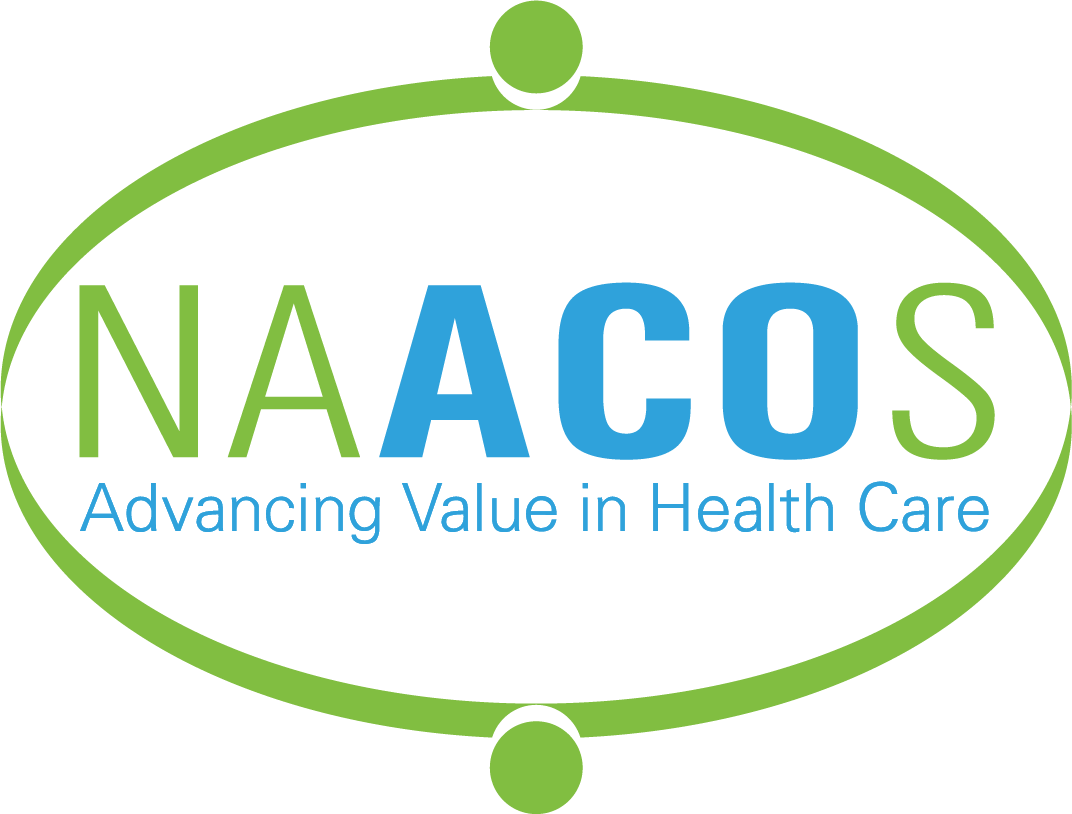ABCs OF ACOs
ACO Vocabulary
BENCHMARK
The financial benchmark is the level of spending an ACO is projected to have in a given year for its patient population. The benchmark is unique to each ACO and is determined by historical spending, the patient population and regional factors. ACOs must spend less than their benchmark to earn “shared savings” revenue that they share with the payer.
SHARED SAVINGS
Shared savings is a payment arrangement between a payer and provider in which a payment is made to providers for lowering expenditures. In this arrangement, the payment is a portion of the overall savings achieved. These payments are generally made annually.
MINIMUM SAVINGS RATE (MSR) To achieve shared savings an ACO has to keep spending below its benchmark by a certain threshold. That threshold is known as the MSR. For Medicare ACOs the MSR ranges from zero to 3.9 percent.
TWO-SIDED RISK
In these payment arrangements the ACO is rewarded with shared savings when expenditures are below the benchmark AND is responsible to pay a portion of losses to the payer when expenditures are higher than the benchmark. ACOs are incentivized to take on this greater risk with the promise of earning a higher portion of shared savings.
MINIMUM LOSS RATE (MLR) The MLR only applies to ACOs with two-sided risk. The MLR refers to the threshold that triggers repayment of losses. If the ACO’s spending is above the benchmark by a certain percent, the MLR, the ACO has to share a portion of those losses and repay the payer. MLRs for Medicare ACOs range from zero to 3.9 percent.
What is an Accountable Care Organization?
The ACO model is a market-based solution that relies on local groups of physicians, hospitals and other providers who are responsible for the quality and total cost of care for their patients. ACO providers must work together to improve health care quality, enhance patient experience, and reduce costs.

For which beneficiaries are ACOs responsible?
There are two ways Medicare beneficiaries can be “assigned” to an ACO. The first is voluntary assignment where beneficiaries assign themselves to the ACO. Otherwise, beneficiaries are automatically assigned by seeing a primary care provider that is participating with the ACO. Regardless of how the beneficiary is assigned, he or she retains freedom of choice of providers inside and outside of the ACO.

What kind of interventions do ACOs employ?
Each ACO is unique in how it chooses to address its own patient population, but all ACOs focus on primary care. ACOs largely concentrate on care coordination, reducing hospital readmissions, avoiding emergency rooms visits, and improving patient compliance.

How does an ACO earn revenue?
ACOs are paid through two revenue streams. First, ACO providers are reimbursed through fee-for-service payments like most Medicare providers. ACOs are also compensated by sharing in the savings they create by improving care. If ACOs can lower spending while maintaining quality, the ACO is paid a portion of that savings.

